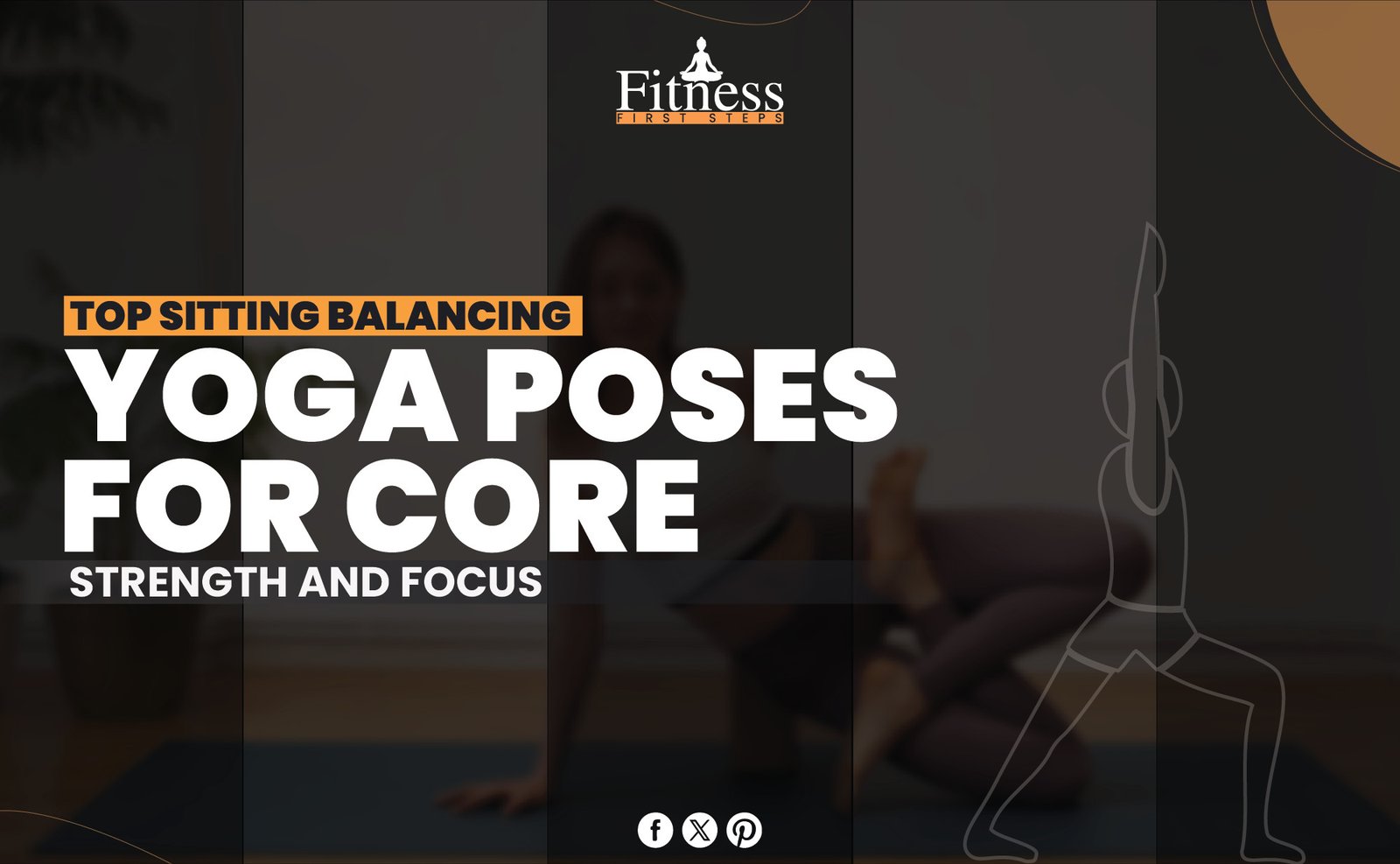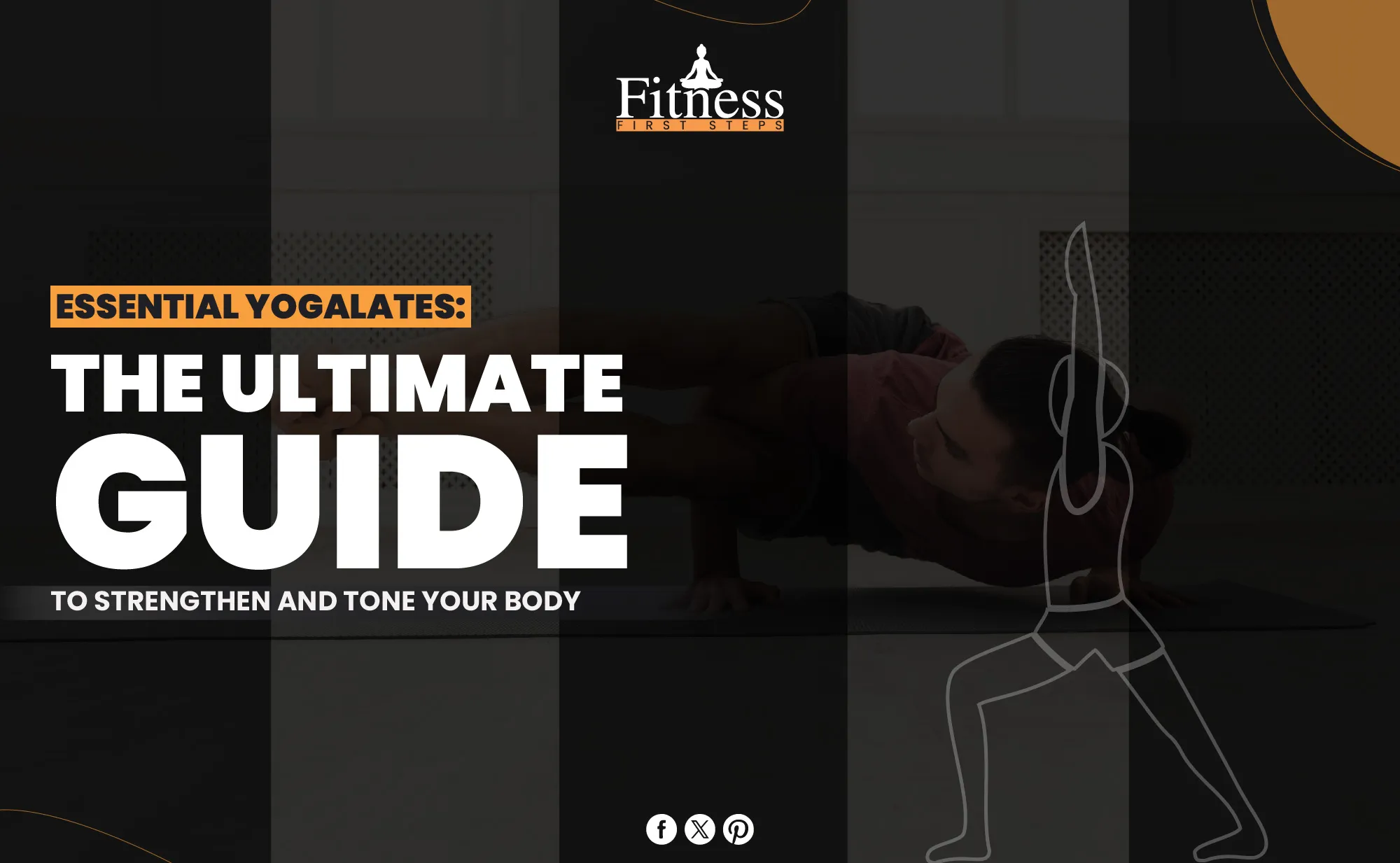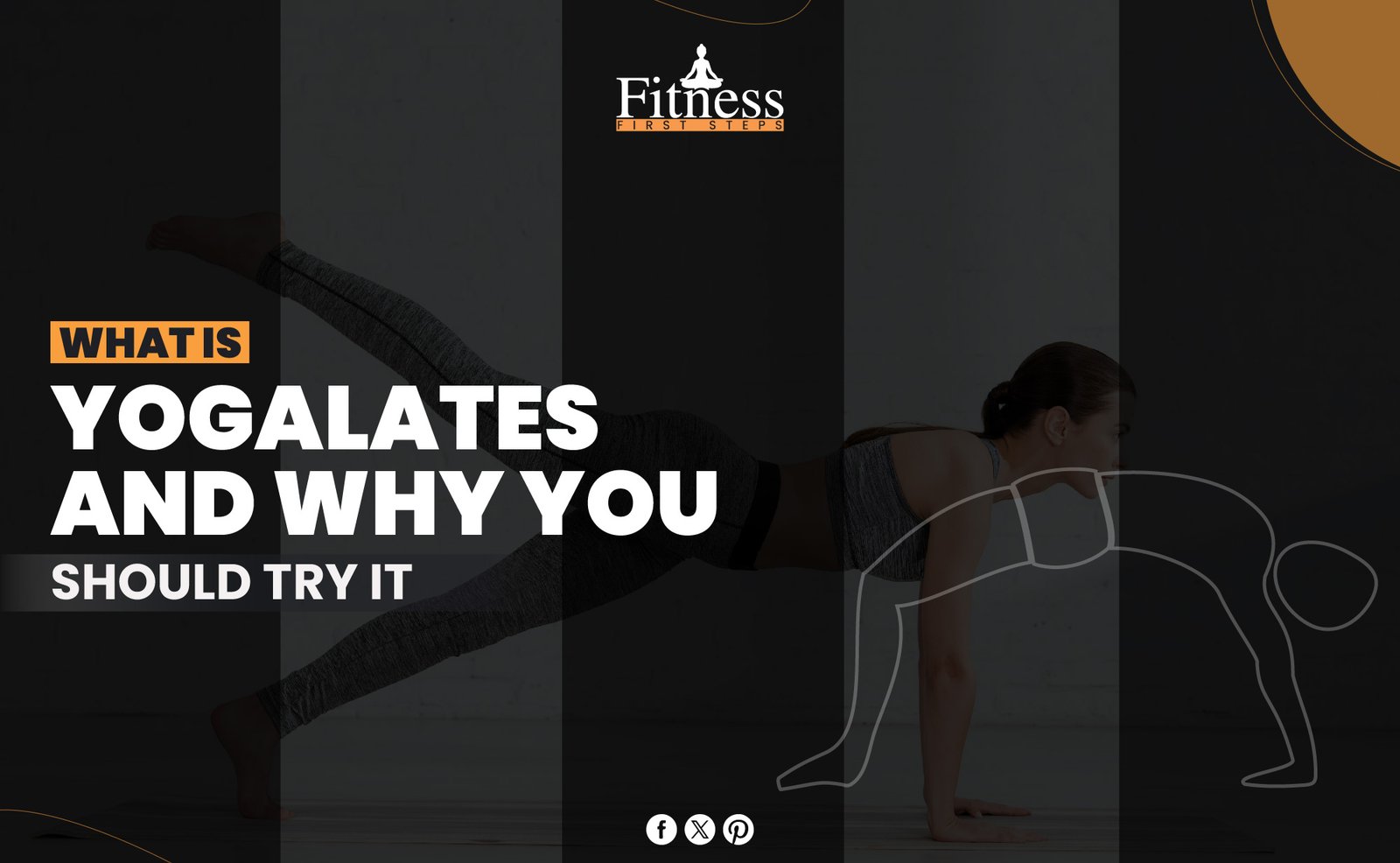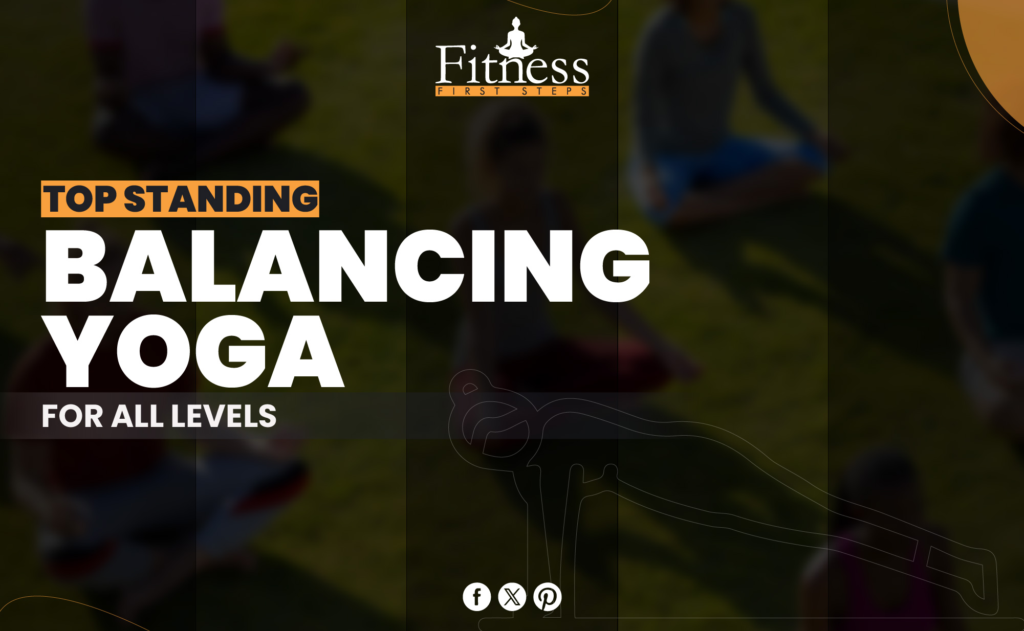Introduction
In the broad yoga universe, mindful poses are strong tools for increasing body-mind connection, inner tranquility, and personal growth. This section will cover advanced mindful yoga poses that physically, cognitively, and emotionally challenge practitioners, enabling profound development. Consistent practice can increase awareness, strength, and harmony on and off the yoga mat.
Mindful Yoga Poses for Growth and Transformation
King Pigeon Pose (Raja Kapotasana)
Raja Kapotasana, the King Pigeon Pose, opens the heart and increases flexibility in yoga. This deep stretch for the chest, shoulders, thighs, groins, and psoas requires grace and strength. From a seated position, one deep backbend with a solid pelvic foundation. During intense stretches, Raja Kapotasana requires patience, flexibility, focus, and quiet breathing. Opening the Anahata (heart) chakra increases love and compassion.
Flying Pigeon Pose (Eka Pada Galavasana)
Eka Pada Galavasana, the Flying Pigeon Pose, is a lovely mix of strength and grace. In addition to physical expertise, this mindful yoga stance requires mental focus. Mastering it requires flexibility, strength, patience, and tenacity. It encourages psychological and physical balance by challenging practitioners to attain equilibrium. Advanced asana is a satisfying aspect of any yoga practice since it seeks equilibrium.
Peacock Pose (Mayurasana)
Peacock Pose (Mayurasana) promotes balance, concentration, and purification. The practitioner balances on their hands with their legs and chest lifted to mimic a peacock position. Strength is tested at the wrists, forearms, and abdomen. Due to intense core involvement, Mayurasana improves digestion and abdominal organs. This stance achieves perfect mind-body synchronization and shows the practitioner’s power and dedication.
Scorpion Pose (Vrischikasana)
Yoga’s highest inversion stance, the Scorpion stance (Vrischikasana), symbolizes strength, flexibility, and control. Inverting into a forearm stand and bending the knees to bring the feet to the head resembles a scorpion’s tail ready to strike in this advanced posture. Achieving Vrischikasana demands physical agility, balance, attention, and courage. This pose symbolizes yoga’s transformative power and challenges people to push their limits. Vrischikasana can inspire self-discovery and empowerment.
Firefly Pose (Tittibhasana)
Ittibhasana—the Firefly Pose—is a feat of balance, strength, and flexibility. This challenging arm balance posture uses the arms as pillars to lift the torso and extend the legs parallel to the floor. The posture requires wrist, core, hip, and hamstring strength. Like a firefly, Tittibhasana empowers the practitioner to rise above the daily grind. This mindful yoga pose strengthens physical limits by challenging and encouraging tenacity and lightheartedness.
Grasshopper Pose (Parivrtta Eka Pada Koundinyasana II)
Parivrtta Eka Pada Koundinyasana II, the Grasshopper Pose, embodies energy, strength, and equilibrium. It requires core activation, hip and hamstring flexibility, and attention to combine twisting and arm balancing. This difficult, mindful yoga pose requires a deep torso rotation and coordinated arm and leg action to balance. This stance improves agility, strength, mental resilience, and focus. The Grasshopper Pose symbolizes grace and power conquering barriers, profoundly exploring one’s potential for growth and transformation.
Eight-Angle Pose (Astavakrasana)
Eight-Angle Pose (Astravakrasana) is an exquisite arm balance. This tough asana requires upper body strength, wrist and shoulder flexibility, and a strong core. The practitioner turns and balances with one leg over the shoulder from a seated position. Astavakrasana involves concentration and breathing. Do the Eight-Angle Pose to feel accomplished. It symbolizes overcoming physical and mental problems through strength. This pose represents the yogi’s commitment to pushing themselves on and off the mat.
Handstand (Adho Mukha Vrksasana)
The Handstand (Adho Mukha Vrksasana) is the ultimate physical and mental challenge, balancing strength, control, and perseverance. In this inversion, the arms, shoulders, and core must support the body as it vertically aligns. Mastery of the handstand shows the practitioner’s dedication to their practice and capacity to overcome concerns, including falling. Inverting perspective, physically and symbolically, empowers and frees. The handstand also improves circulation, upper body strength, and core stability, making it a versatile mindful yoga pose with many benefits.
Scorpion Handstand (Vrschikasana in Adho Mukha Vrksasana)
The Scorpion Handstand, combining Vrschikasana and Adho Mukha Vrksasana, is a stunning example of advanced yoga that combines balance, flexibility, and strength. This challenging handstand adds a scorpion-like back bend to direct the feet toward the head while maintaining vertical poise. It requires physical skill and mental attention to test the limits of flexibility, balance, and strength. The Scorpion Handstand is a deep, contemplative practice that challenges yogis to push their bodies and minds, signifying metamorphosis and the ability to conquer personal obstacles with elegance and strength.
Feathered Peacock Pose (Pincha Mayurasana)
The Feathered Peacock Pose, Pincha Mayurasana, is a marvel of balance, force, and grace. With arms and forearms fixed on the ground, this forearm stand supports leg ascension. Pincha Mayurasana emphasizes shoulders, back, core, and upside-down balance instead of inversions. For this purpose, practitioners must overcome fear and trust their power and stability. The Feathered Peacock Pose in yoga shows tenacity, focus, balance, and elegance in motion.
Tips for Practicing Mindful Yoga Poses for Stress Relief
Mindful yoga poses can help you relax and stay in the here and now. Here are some ways to make your practice better:
Create a Calming Environment Free from Distractions
To get the most out of your mindful yoga poses, you need to create a place that helps you relax and concentrate. Pick a quiet, comfy place where no one will bother you. To create a relaxing atmosphere, you could turn down the lights or light some candles. A calm atmosphere that supports the principles of mindful yoga can also be created by adding things like soft music or sounds from nature.
Focus on Deep, Mindful Breathing Throughout the Practice
Deep, aware breathing is at the heart of mindful yoga poses. It keeps your mind in the present, which helps you connect with your body more deeply. Focus on how the air moves in and out of your body as you take a few deep breaths to start your lesson. Pay attention to your breath as you move into and out of each pose. This makes it easier to focus and strengthens your yoga exercise’s stress-relieving effects.
Listen to Your Body and Modify Poses as Needed to Avoid Strain
When practicing mindful yoga poses, listening to your body and changing poses to fit your needs is important. Yoga is about balancing strength and flexibility, not pushing poses. Support your body with yoga blocks or straps to reduce strain. Honoring your body’s boundaries helps prevent injuries and keeps yoga fun and stress-free.
These techniques can help you practice mindful yoga poses to reduce stress and promote inner peace and well-being.
Integrating Mindful Yoga into Daily Stress Management
Mindful yoga poses can reduce stress. You may prevent and manage stress by including yoga in your life. Some ways to incorporate mindful yoga into your routine:
Establishing a Regular Yoga Practice Schedule
A program is vital for incorporating mindful yoga poses into daily life. Choose a time to practice, such as morning, lunch, or evening. Try 10 minutes a day if your lifestyle allows. Consistency is crucial. A daily plan helps you stay disciplined and gives you time to relax. This habit provides mental and emotional calm amid daily upheaval.
Using Yoga as a Tool for Stress Prevention and Management in Everyday Life
Mindful yoga poses are quite useful in anticipation of and during stressful situations. Taking small yoga breaks throughout the day can help prevent stress symptoms from worsening. A few minutes of deep breathing or moderate stretching at your desk can reset your thoughts and relieve tension. Detecting stress early and responding with a mindful yoga sequence can make you more resilient and calm in difficult situations.
Combining Yoga with Other Stress-Relief Techniques Such as Meditation and Mindfulness
Pair mindful yoga poses with meditation and mindfulness techniques to reduce stress. Starting or concluding yoga with meditation helps deepen relaxation and stress reduction. Mindfulness during yoga—paying attention to your breath, movements, and body sensations—enhances the body-mind connection and calms you. A synergistic approach to stress management reduces stress and improves well-being.
By creating a daily yoga practice and integrating it with meditation and mindfulness, mindful yoga poses become a potent stress management tool. This integrative strategy reduces stress and improves resilience and emotional balance.
Conclusion
In conclusion, mindful yoga poses demonstrate the power of integrating mind, body, and spirit to reduce stress and find inner peace. Making mindful yoga poses part of our everyday routines reduces stress and builds a robust attitude that can handle life’s ups and downs. Beyond physical benefits, mindful yoga poses help us find inner peace and improve our quality of life. Sticking to these methods may improve our stress management and help us live a happier, more peaceful life.
